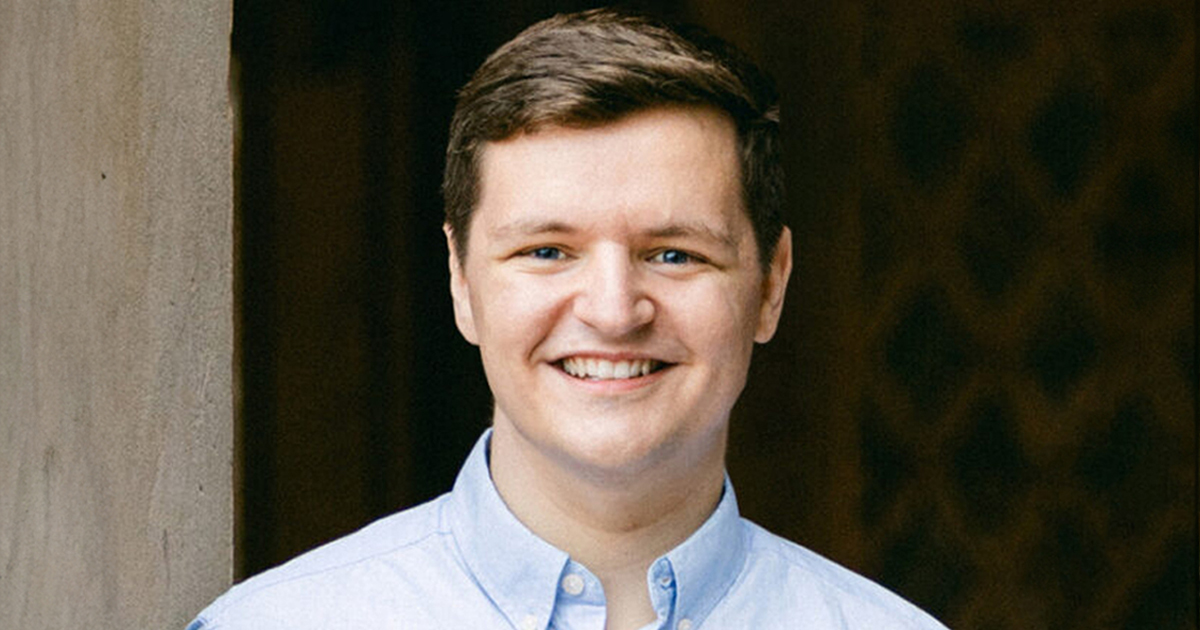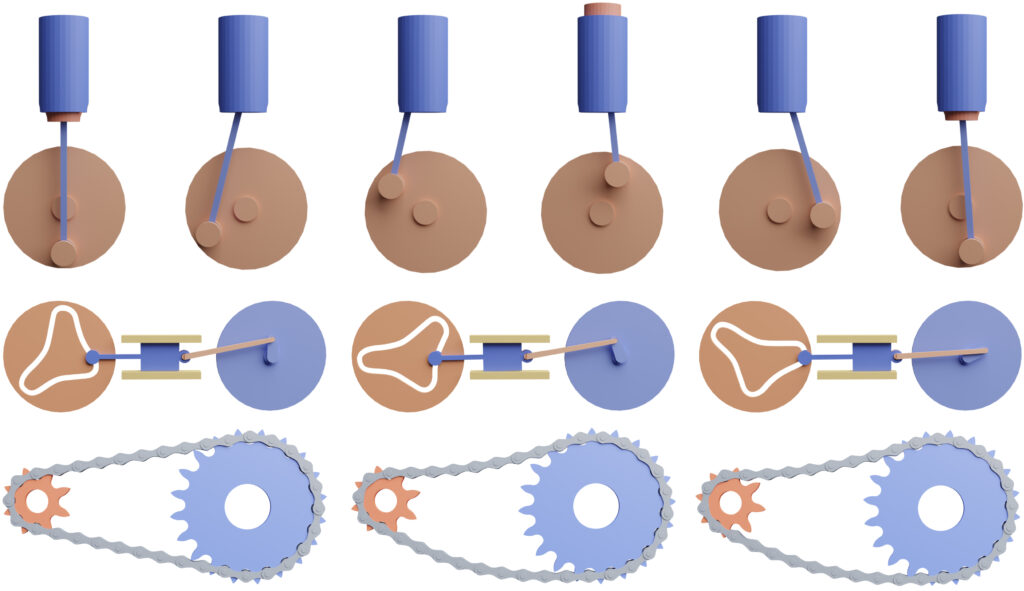
When Zachary Ferguson arrived for his first Adobe Research internship in 2018, he’d just begun his PhD program at NYU, and he was interested in 3D printing and fabrication. But his curiosity soon turned toward building better simulations for objects as they move and collide in the world—and that interest formed the core of his dissertation research. Now, with his PhD complete and a new postdoc position at MIT, Ferguson has just been awarded the prestigious Outstanding Doctoral Dissertation Award from ACM SIGGRAPH for his work, “Provably Robust and Accurate Methods for Rigid and Deformable Simulation with Contact.” His primary mentor at Adobe Research was Danny Kaufman.
We talked to Ferguson about the things he discovered during his PhD research, what it was like to intern at Adobe and collaborate with members of the Research team through his graduate work, and where he hopes it all goes next.
Congratulations on your SIGGRAPH Outstanding Doctoral Dissertation Award. How do you feel about this huge honor?
It really means a lot to me. It’s a recognition of the last seven years of the whole team’s efforts. People often think that graphics is about making things look visually plausible, but a lot of my research is about caring for the accuracy and robustness of our methods, which I think matters a lot to users.
I suspect my thesis may stick out a bit because so much research right now focuses on generative AI, which wasn’t a part of my work. But I think the jury is recognizing that there’s still a lot of room for well crafted, well developed, robust algorithms. It’s good to go against the flow sometimes.
Could you tell us about your research?
My research is in graphics and physical simulation. My goal was to be able to simulate physical phenomena that we see in real life—such as the way things deform as we stretch them or squash them, or how water moves down a river. I’m taking some parts of physics and mechanical engineering and bringing them over to computer science, and then applying it all to film, animation, and graphics.

How did your Adobe internships and collaborations help shape your PhD research?
I began my first Adobe internship in the summer of 2018, just after I’d started my PhD program. I was still exploring what I wanted to do, so my mentors and I worked up a plan to research 3D printing and fabrication for interlinked chain mail garments. Chain mail is a very interesting mechanical, fabric-like structure, and we wanted to characterize how the shape of the rings would affect its bending and folding.
The first thing we did was throw it into a simulator to see what we’d get. We were surprised that the existing simulators struggled with our chain mail scenarios—that was a big finding for us. It told us that we needed to go back to the underlying problem and look at the simulators themselves. That spurred the branch of research that led to where I am today.
My second internship was in 2022, but it’s hard to say that I only did two internships. In between, I was always working with somebody at Adobe, including my mentor Principal Research Scientist Danny Kaufman, on different projects.
By the start of the second internship, we’d published several papers, and we decided to expand our work into adaptive simulations of stretching things and letting them go. It’s an interesting problem because some things go back to their original shape—we call that purely elastic behavior. But in the real world, if you take a paper clip for example, and bend it, it keeps that deformed shape. So, to begin tackling this problem, we updated our geometry to adapt as a simulation proceeds, responding to new forces and impacts. We hope that, in the future, this work can be applied when you need to keep a change in shape after a deformation.
Looking back, If I hadn’t gone to Adobe in 2018, I don’t know what my PhD would have been like. The experience shaped many of the ideas that I researched, and a lot of the work wouldn’t have been possible without the expertise of Adobe researchers. Because of Adobe’s open research and collaboration with academia, it can really be a part of your entire journey as a PhD student.

Now that it’s out in the world, what impact do you hope your research will have?
As a general solution for simulating how physical objects move and interact, the research can be applied to graphics, mechanical engineering, biomechanics, and hopefully more areas as time goes on. One example is geometric modeling and layout for scenes. Imagine an artist putting a shirt on a character—without any physics or collision handling, the shirt will just go right through. But with our method, the shirt behaves like it would in the real world.
We’ve also been working with people in biomechanics who’ve used our simulations to predict things like how stress will impact a hip joint, or the effect of biting on a patient’s teeth. It’s really exciting to see.
How have people responded to your work? And what do you hope is next?
We’ve seen exponential growth in papers that are incorporating the research and adding something new or using it to do something new, which is wonderful.
And there are things I still want to work on, like better simulations for fluid and incorporating the technology into products so people can create graphics where things behave like they do in real life. If you’re designing with a video game engine, for example, you wouldn’t have to worry about objects just flying off into space!
Wondering what else is happening inside Adobe Research? Check out our latest news here. Interested in an internship with us? Check out our internships page for more info!